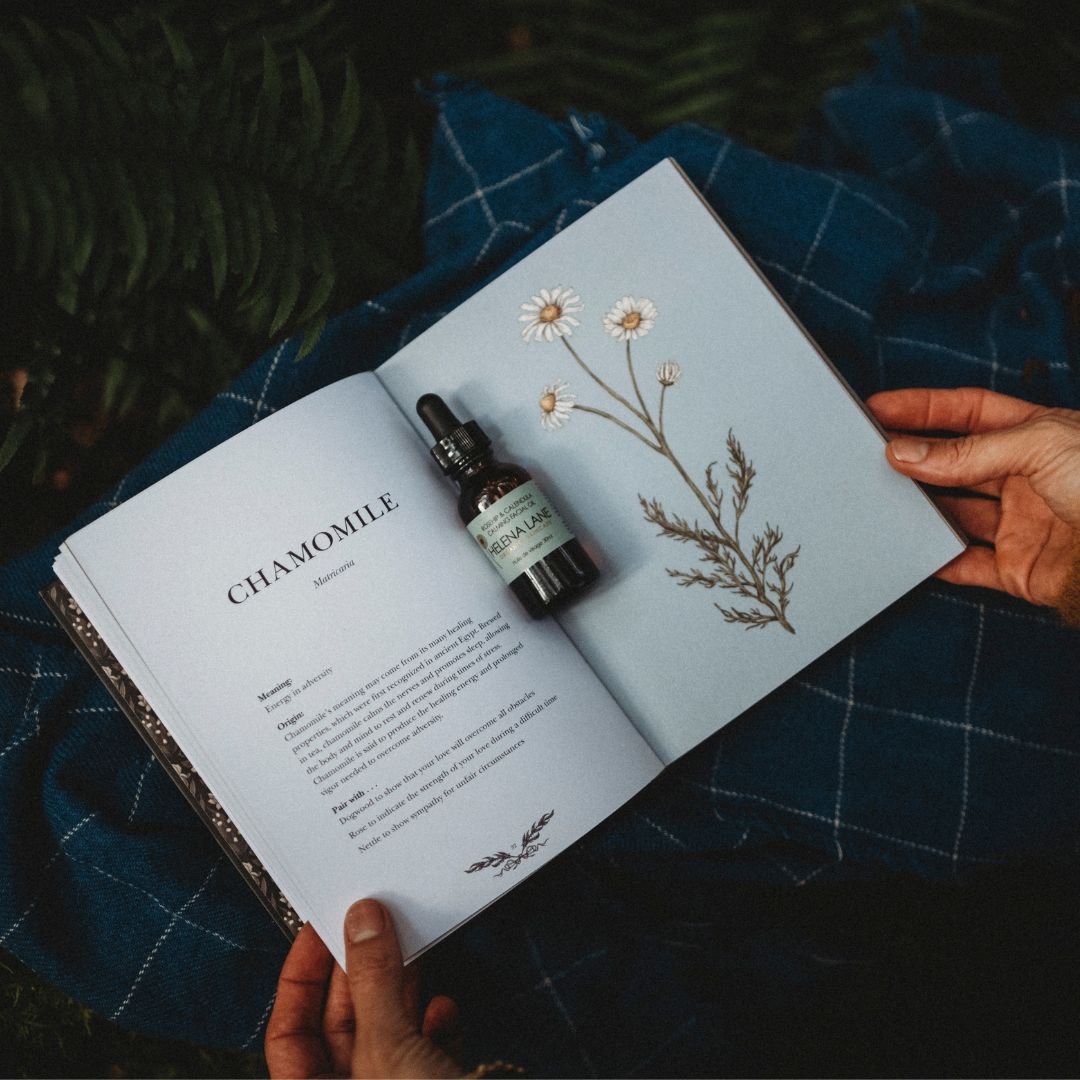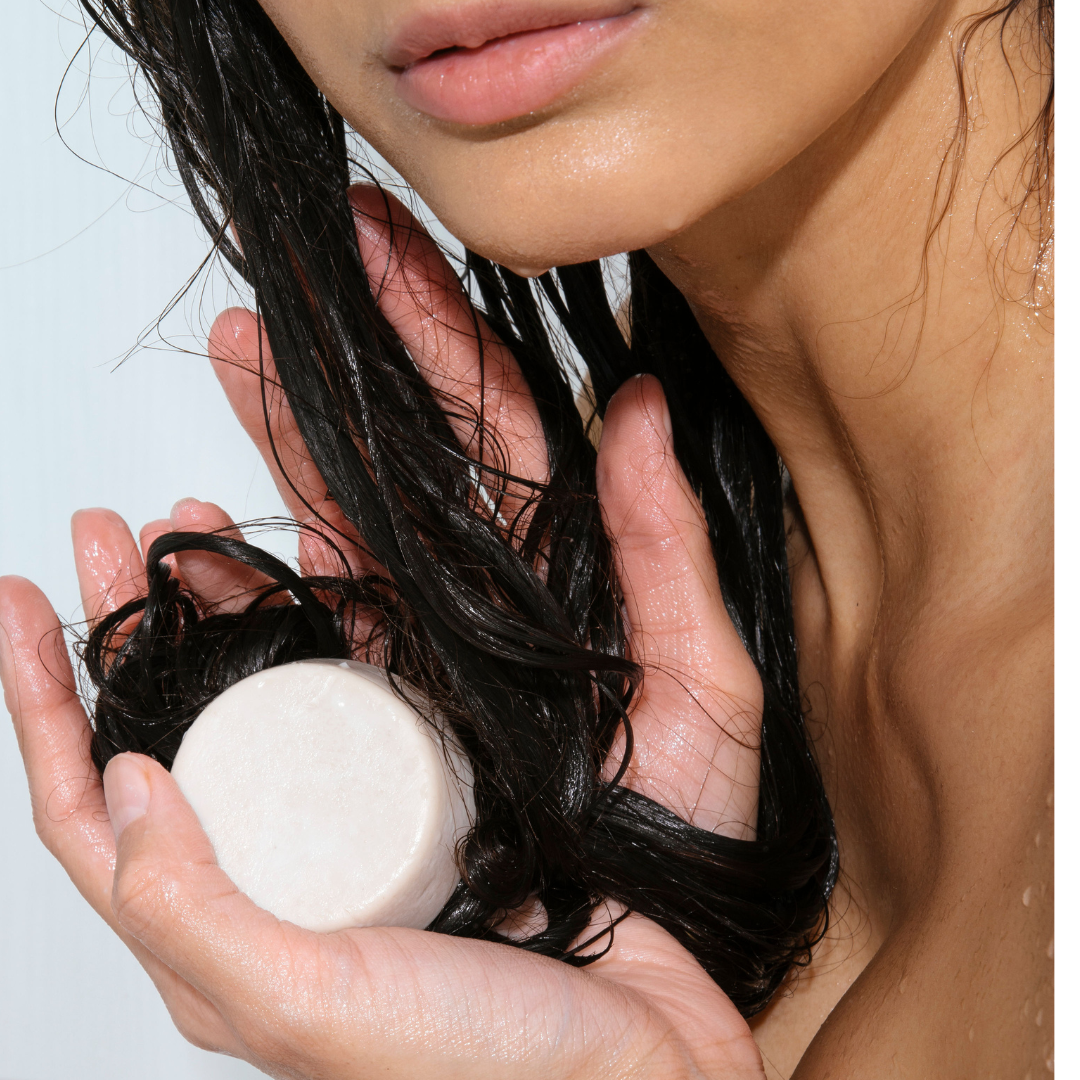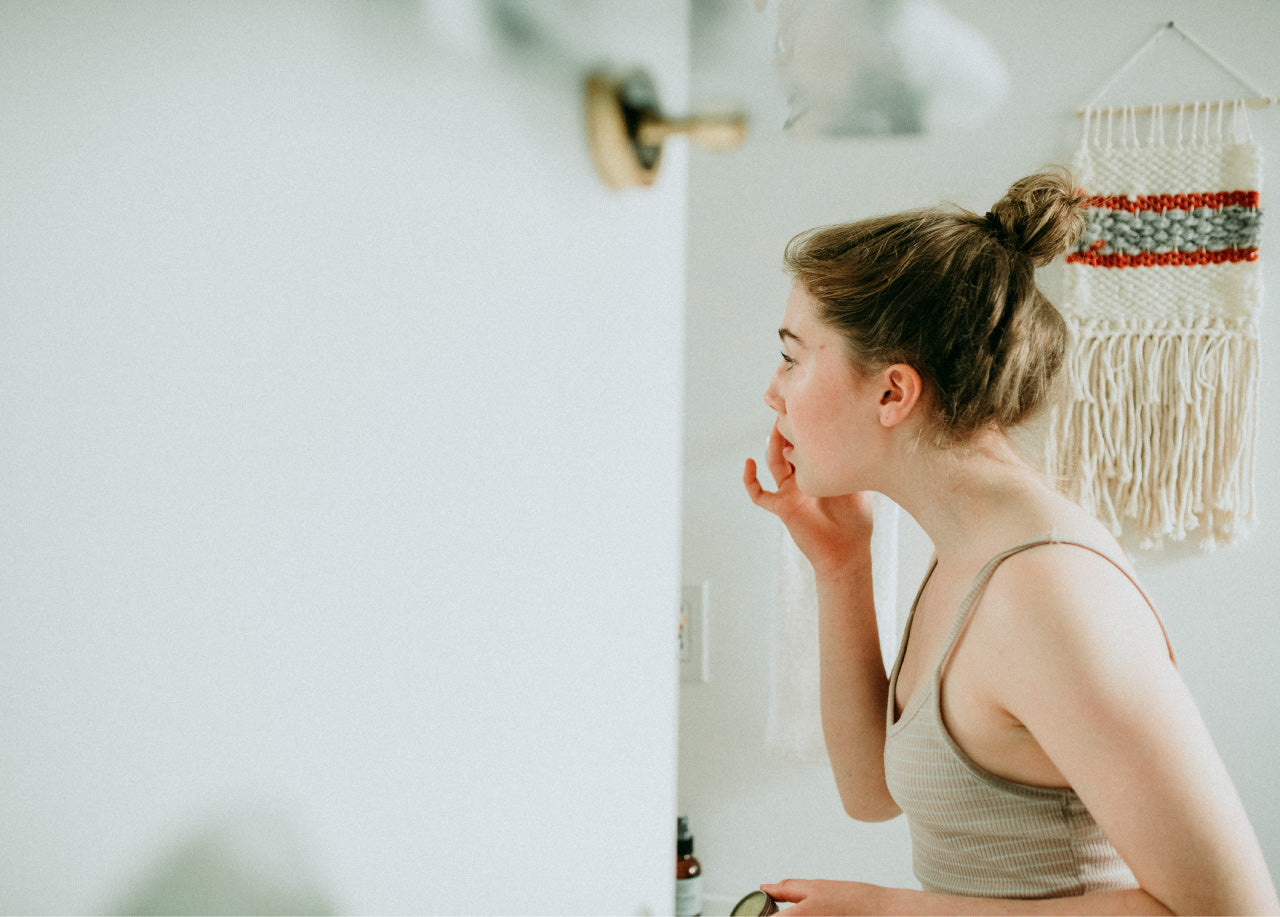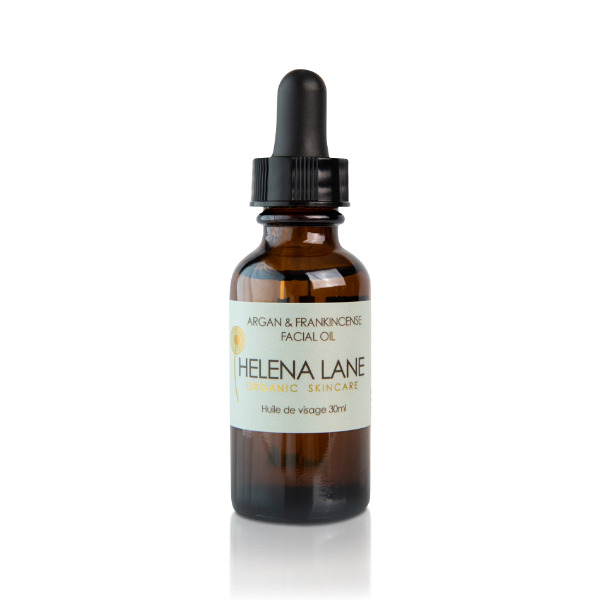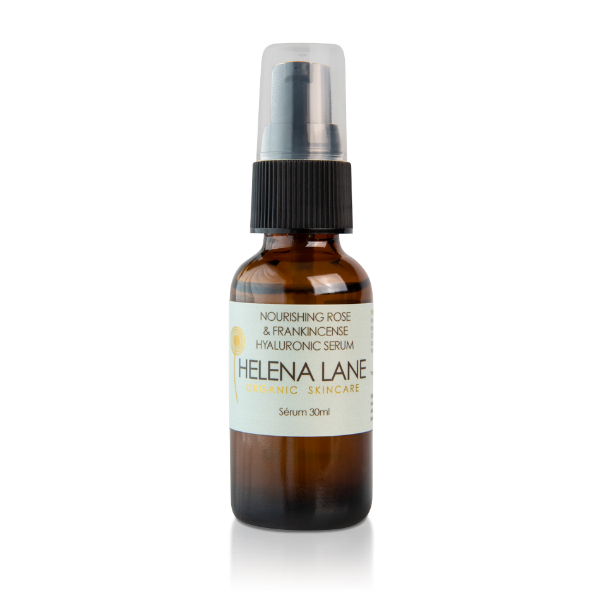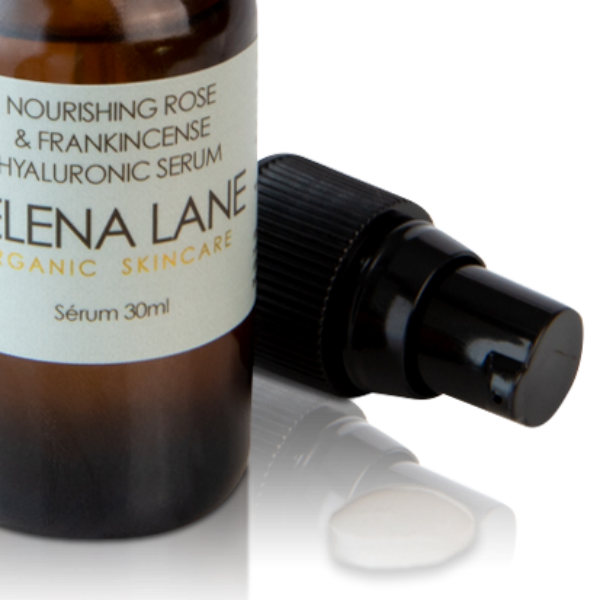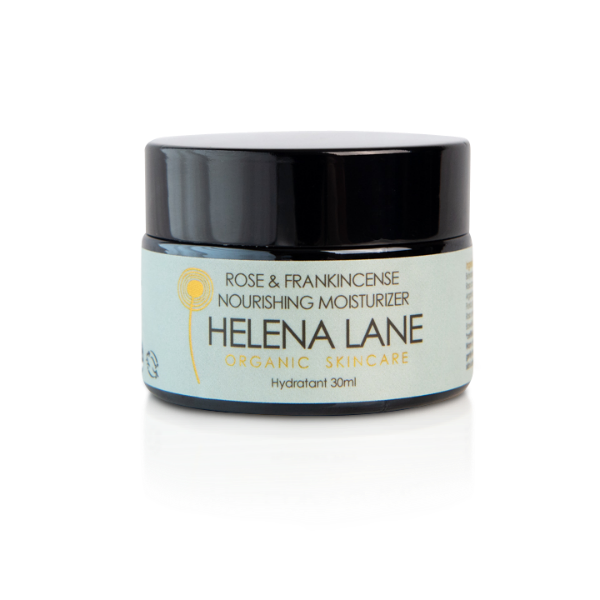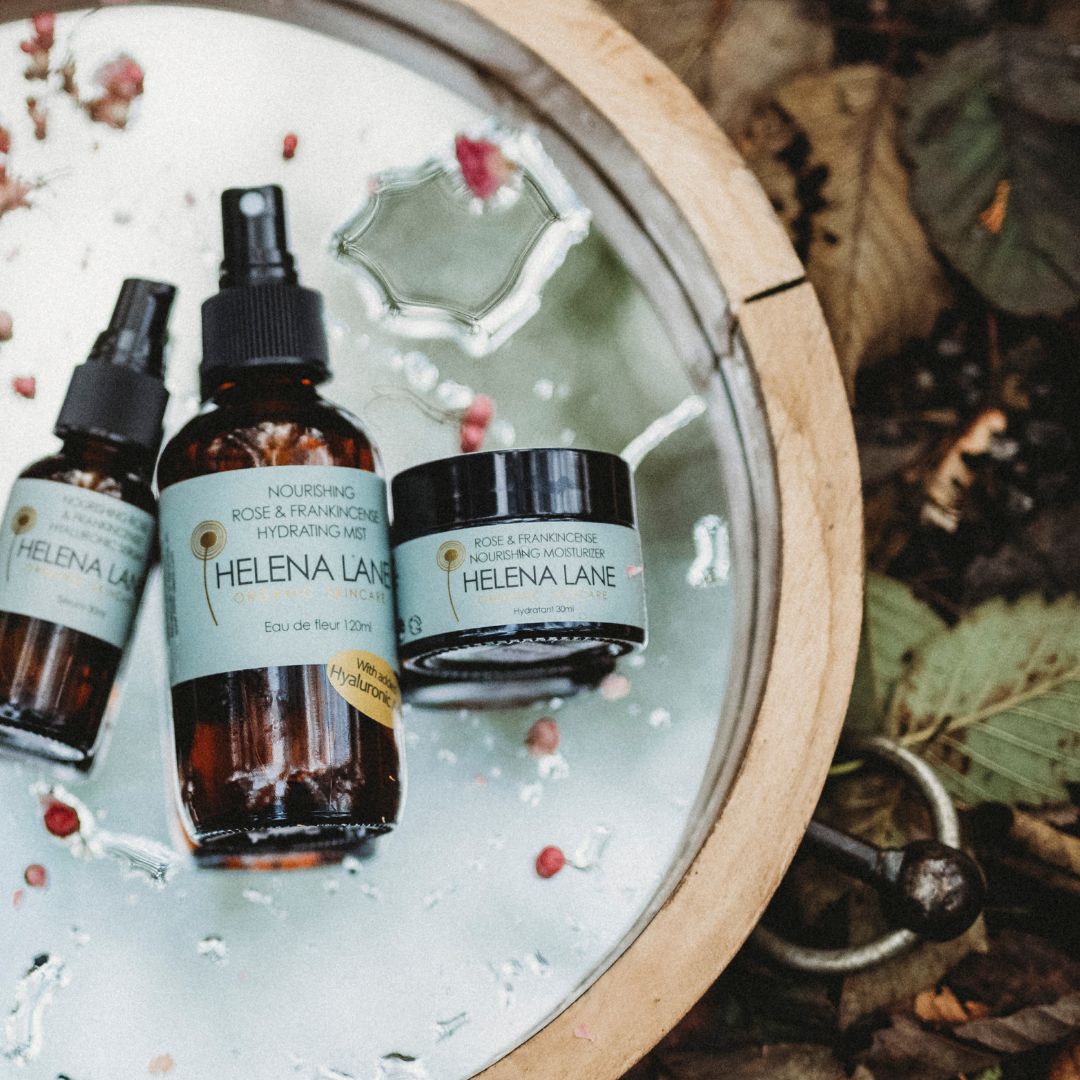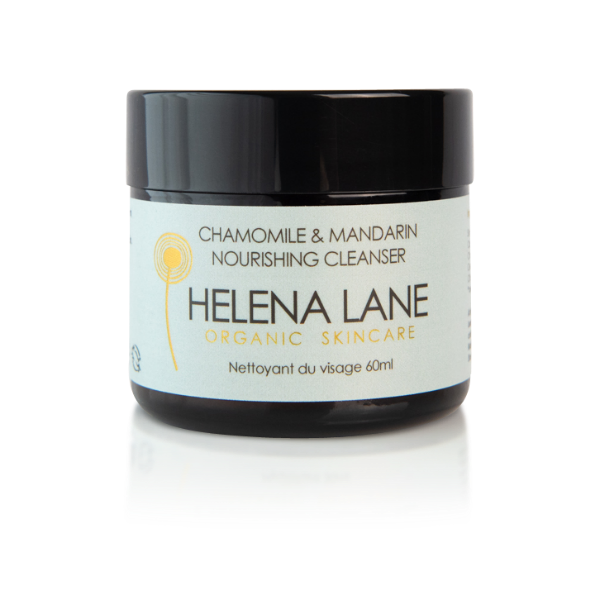
I remember so clearly the feelings I had when I traveled to Oregon in 2015 to learn how to distill plants to make hydrosols and essential oils. It was the process of collecting the plants in the morning and then having this liquid magic by the afternoon that I loved, I felt really connected to the plants and their wonderful benefits.
Although I use hydrosols in my mists and hyaluronic serums, I don’t make them myself. The dream is to be able to in the future but for now I don’t have the capacity or access to the plant material (or land to grow my own). I do, however, have my “hobby” sized 25L copper alembic still that I love and use to experiment and play.

This year so far, I have distilled elderflowers, spruce tips and lilacs. I have distilled both elderflowers and spruce tips many times but it was the first time I tried lilacs. All the books say that lilacs don’t hold up well in a still and don’t give a great hydrosol at the end. I’m inclined to agree, although there is a hint of lilac it certainly isn’t the nicest hydrosol (I ended up adding a hint of vanilla and it’s really quite lovely now).
There is another way to extract the delicious smell of lilacs, and other delicate florals, and that is by the process of enfleurage.
“Enfleurage is a process that uses odorless fats that are solid at room temperature to capture the fragrant compounds exuded by plants.”
Traditionally animal fats would be used and then dissolved away with alcohol to leave just the fragrance. It is an age-old process used in the perfumery industry to capture the most delicate and hard to find flower scents.
So, I had a go with lilacs and a new passion was ignited! What a simple, yet beautiful process.
I chose mango butter as it has no scent, and I added a little camellia oil (which also has no scent) to soften the very hard mango butter. As I’m not using animal fats, I am not doing the final stages of dissolving it in alcohol as I’m happy to leave the natural fragrance in the butter/oil combo to create a lovely body butter.
How to make your own, naturally floral scented body butter:

collecting white lilacs used in enfleurage
1. Collect the flowers when their scent is strongest, for most it is either early morning or at dusk. It’s important to collect them responsibly (don’t over harvest) and on a dry day.
2. Pick all the green/brown parts of the plant away and put them into a jar.
3. Melt the hard butter you want to use. You can choose anything, just make sure it doesn’t have a smell or it will overpower the flower scent, for example refined cocoa, shea, coconut or mango butter. Pour the warm melted butter over the flowers and leave for 24 hrs max.
4. Warm the jar in a pan of boiling water so melt the hard butter, then strain the flowers out of the butter using cheesecloth. Squeeze as much melted butter out as possible, and discard the flowers.

enfleurage with wild roses
This process is then repeated until the scent is strong enough. You will need to collect the flowers fresh most days. For lilacs I did it six times and I’m on my fourth round with wild roses.
I like my body butters whipped, so I let the final butter cool and whip it using a stick blender.
The scents are definitely more subtle than using essential oils and they don’t seem to linger as long. But I loved the process of collecting flowers each day and ending up with a beautiful home-made product.
I plan to try with less conventional “enfleurage” plants, such as mint, rosemary and chamomile. Let me know what plants you try!
PIN THIS


